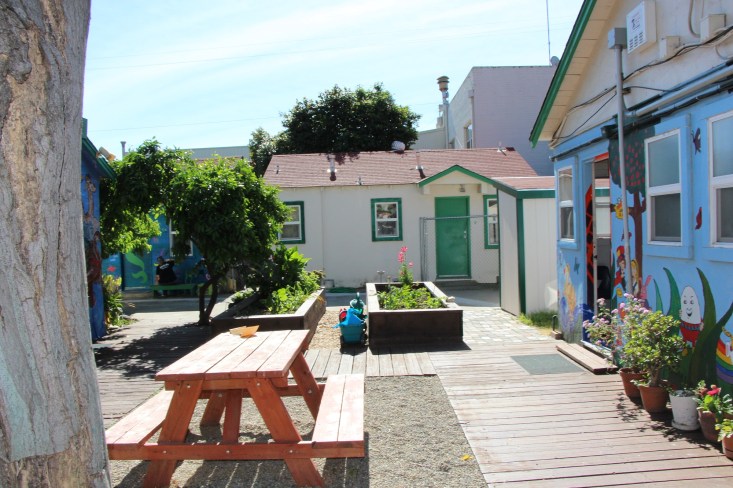On any given day, our Dining Room Program can serve between 350 to 1,000 homeless men, women, and children. We strive to provide a warm, nutritious, and filling meal to every guest that enters into the Dining Room for lunch and based on feedback from our guests, we seem to be achieving this goal.
Yet, I remained curious about the Dining Room Program and decided to discuss this program with Chris Delany, co-founder of Loaves & Fishes. I wanted to know what her initial vision was for the Program and what she has learned along the way. Here is what she had to say:
What has been your overall hope for the Dining Room Program?
My hope was that it would keep going as long as it was needed, that we would have enough volunteers, and that we would have staff who understood and appreciated our mission, plus who would treat our guests like they would Jesus Christ.
Do you think the program has achieved this goal?
Yes, for all these years it has gone beautifully. I think of it as an “on-going miracle”.
How have you seen the program change over the years?
The program has not changed very much over the years, except for the location and the physical size.
Did you ever expect the Dining Room Program to expand as much as it has? Where do you see the program in the future?
No. When we started the Dining Room, I thought it would die down after a few years, yet the numbers kept growing. It seems there is always going to be a need. The numbers continue to grow. There will always be a need.

What has been the most rewarding part?
People are amazed that we started Loaves & Fishes. When I talk with groups, I like to tell them that Dan and I planted a tree with Loaves & Fishes. And that tree has grown so much that it now bears fruit and the people take the food and sleep under that tree. I am just amazed. And I call it a miracle.
If you could change one thing about the Dining Room Program, would you?
I don’t think I would change anything. It’s doing God’s work.
What is your favorite meal served in the Dining Room?
Taco Casserole!
What do you wish the greater Sacramento community understood about our homeless community?
Everything. Have heart for people who live in poverty, who don’t have any breaks. There really could be no poverty if everyone had a job, had housing, had money. But, that doesn’t seem to be coming. I’m 85 years old, but it hasn’t changed very much in people helping others.















